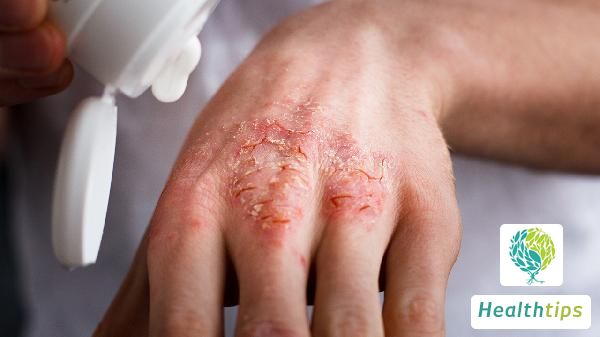Can Hair Be Used for Paternity Testing?
Hair for Parentage Testing

Hair can be used for parentage testing and is often considered a superior material, especially as one of the primary options for confidential DNA parentage testing. The cellular DNA is concentrated in the hair roots, hence, for parentage testing, hair roots are required. This typically means plucking the hair, as cut hair cannot be used for this purpose. Hair loss or shed hair does not always yield conclusive results, even if the outcome is highly accurate.
How to Conduct Hair-Based Parentage Testing?
Firstly, the collected hair samples must include hair follicles, usually achieved by plucking the hair, preferably four strands for identification purposes. In fact, various materials such as bloodstains, dandruff, cigarette butts, among others, can also be used for parentage testing, as they all contain identical and unique DNA.
Precautions for Hair-Based Parentage Testing:
a. It is recommended to send the samples for testing within two weeks of collection. While older samples can still be tested, the longer duration may impact DNA detection, compromising the certainty of results. However, testing can still be attempted to see if the samples are usable.
b. Naturally shed hair can technically be used for parentage testing, but often it's not recommended due to the possibility of insufficient DNA extraction. Ideally, hair should be plucked from the scalp as naturally shed hair may not yield enough DNA. Therefore, if other materials are available, they are preferable.
c. Hair from very young children is not recommended for parentage testing, particularly for those under 6 years old. This is because their hair follicles may not be fully developed, making it difficult to extract sufficient DNA.
For children, oral swabs are a more convenient and reliable alternative for DNA parentage testing.
In conclusion, hair can indeed be used for parentage testing, typically yielding excellent results with an accuracy rate of up to 99.999%.



















